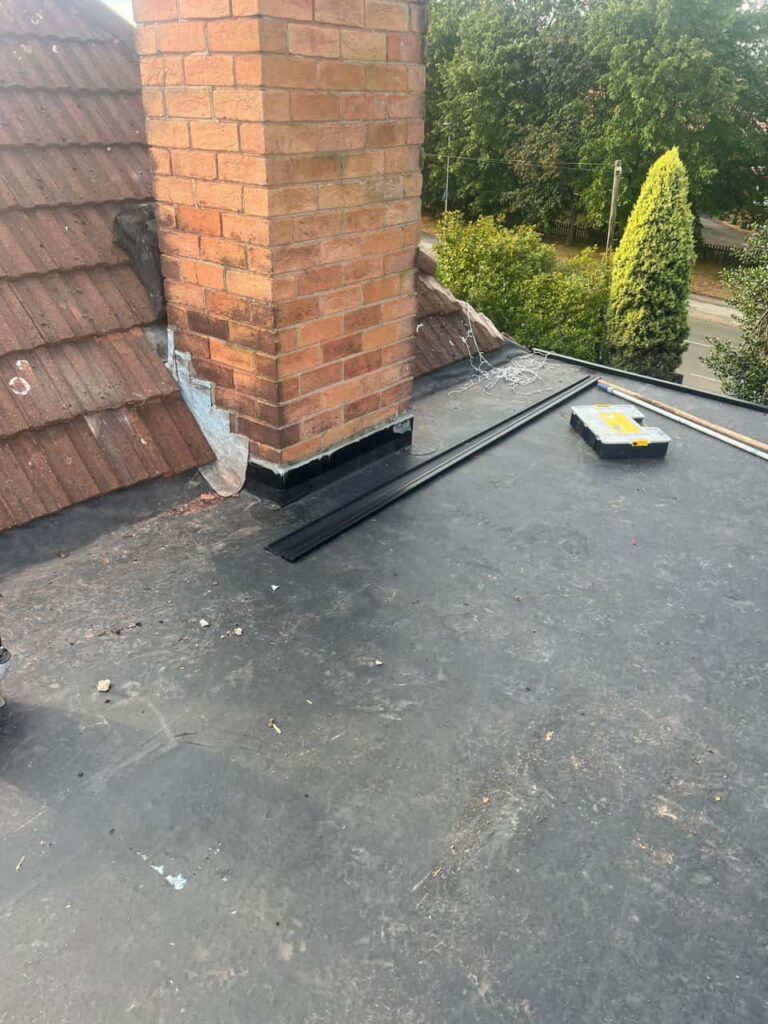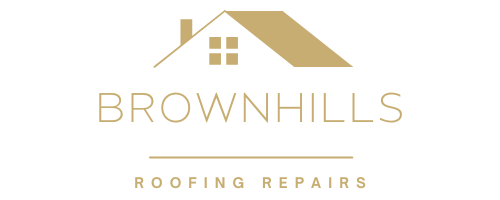When it comes to roofing materials, homeowners in Brownhills, West Midlands, often seek options that are durable, weather-resistant, and long-lasting. In wet climates, where rainfall and damp conditions are common, it’s important to choose a material that can stand up to the elements and ensure the roof remains effective over time. Lead roofing has long been regarded as one of the best materials for roofing in such conditions, and for good reason. In this blog post, we’ll explore why lead is the preferred material for roofing in wet climates and the advantages it offers to homeowners looking for a reliable and durable solution.
1. Superior Water Resistance
Lead has been used in roofing for centuries, and one of its key advantages is its excellent water resistance. In wet climates, where rainfall is frequent, it’s essential to have a roofing material that can effectively shed water and prevent leaks. Lead is inherently resistant to water, making it an ideal choice for roofs in regions with heavy or prolonged rainfall.
- Why It Matters: Lead forms a waterproof barrier that protects the roof and the underlying structure, ensuring that water cannot penetrate the roof and cause damage. This is particularly important for preventing issues such as water stains, mould growth, and structural weakening caused by water ingress.
2. Longevity and Durability
Lead is known for its incredible durability and longevity. A lead roof can last for several decades, even in harsh weather conditions. Unlike other materials, lead does not warp, crack, or break under the pressure of rain, wind, or temperature fluctuations. It also doesn’t rust or corrode, which is a common issue for other metal roofing materials when exposed to moisture.
- Why It Matters: In wet climates, roofs are constantly exposed to moisture, which can wear down other materials over time. Lead’s ability to resist corrosion and degradation ensures that it will provide long-term protection without the need for frequent repairs or replacements. This makes it a cost-effective option for homeowners looking to invest in a roof that will last for many years.
3. Malleability and Flexibility
One of the unique properties of lead is its malleability, meaning it can be easily shaped and moulded to fit a wide variety of roof structures. This flexibility allows lead to be used on complex roof designs, such as those with intricate valleys, ridges, or dormers, where other materials might struggle to provide a watertight seal.
- Why It Matters: In regions with wet weather, where water may collect in certain areas of the roof, the ability to mould lead to fit the structure ensures a tight, secure seal that prevents water from pooling or leaking. Lead’s malleability also makes it a suitable material for both modern and traditional roof designs.
4. Self-Healing Properties
An often-overlooked benefit of lead is its ability to self-heal. Over time, lead develops a natural patina (a thin layer of oxidised lead), which serves as a protective coating that helps prevent further damage. If small cracks or holes form in the lead, the material will naturally seal over time, reducing the need for repairs and extending the life of the roof.
- Why It Matters: In wet climates, where roofs are subject to continuous exposure to rain and moisture, lead’s self-healing properties mean that minor damage can be addressed without the need for costly repairs or replacements. This enhances the roof’s longevity and keeps maintenance to a minimum.
5. Environmental Benefits
Lead is a sustainable material that can be recycled and reused, making it an environmentally friendly option for roofing. Unlike other materials that need to be disposed of once they reach the end of their lifespan, lead roofing can be recycled without losing its properties or quality.
- Why It Matters: In today’s environmentally conscious world, choosing a roofing material that is both durable and recyclable is an important consideration for many homeowners. Lead roofing contributes to reducing waste and promotes sustainability by offering a material that can be reused at the end of its life.
6. Aesthetic Appeal
In addition to its functional benefits, lead offers aesthetic advantages that make it a popular choice for both residential and commercial properties. Lead has a distinct, classic appearance that complements various architectural styles, from historic buildings to contemporary designs. Its natural patina also adds character over time, giving the roof a unique, attractive finish.
- Why It Matters: In regions with wet climates, the aesthetic value of a roof is just as important as its functionality. A lead roof not only performs well in challenging weather conditions but also enhances the overall look of your property, making it an appealing choice for homeowners.
Conclusion
Lead roofing is an excellent choice for properties in wet climates, offering a range of benefits that ensure long-lasting protection, durability, and efficiency. Its superior water resistance, longevity, flexibility, and self-healing properties make it ideal for homes in Brownhills, West Midlands, where wet weather is common. Additionally, lead roofing is environmentally friendly and provides an aesthetic appeal that enhances the overall value of your property.
If you are considering lead roofing for your home or need repairs to an existing lead roof, contact Brownhills Roofing Repairs today. Our experienced team can help you with all your roofing needs, ensuring that your roof remains in top condition and provides reliable protection for years to come. Reach out to us for a consultation and discover why lead is the preferred roofing material for homes in wet climates.
Call us on: 01543 222 994
Click here to find out more about Brownhills Roofing Repairs
Click here to complete our contact form and see how we can help with your roofing needs.

